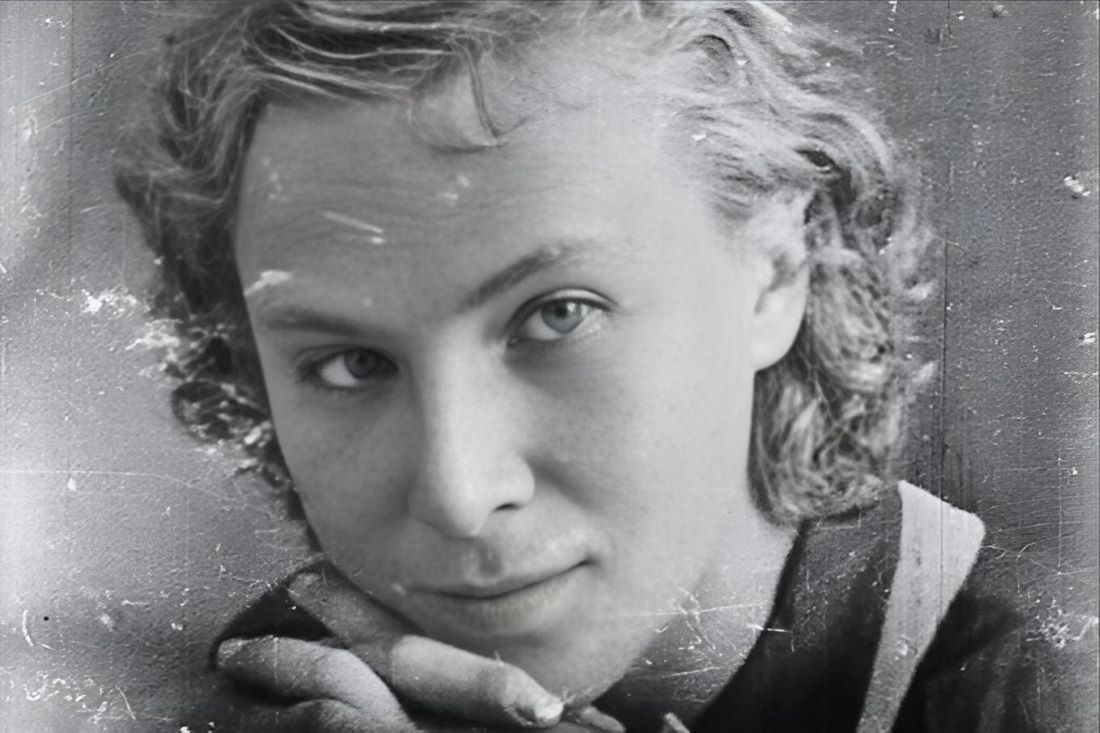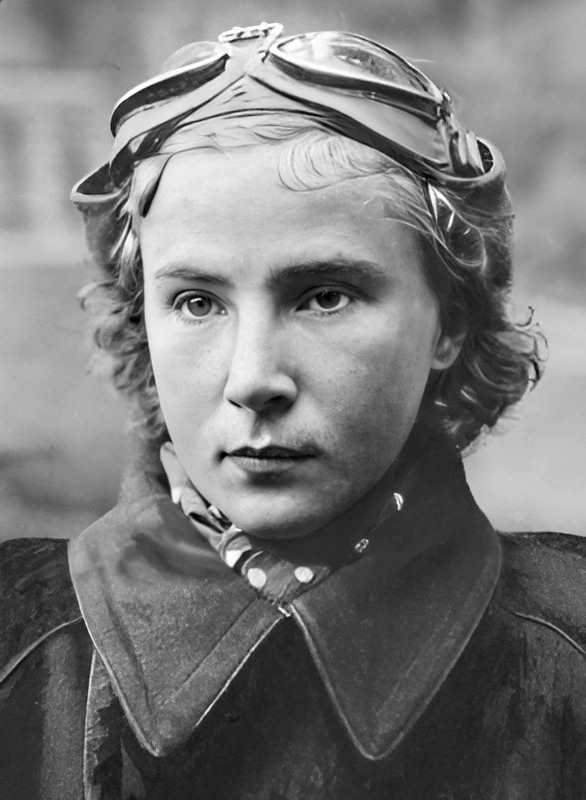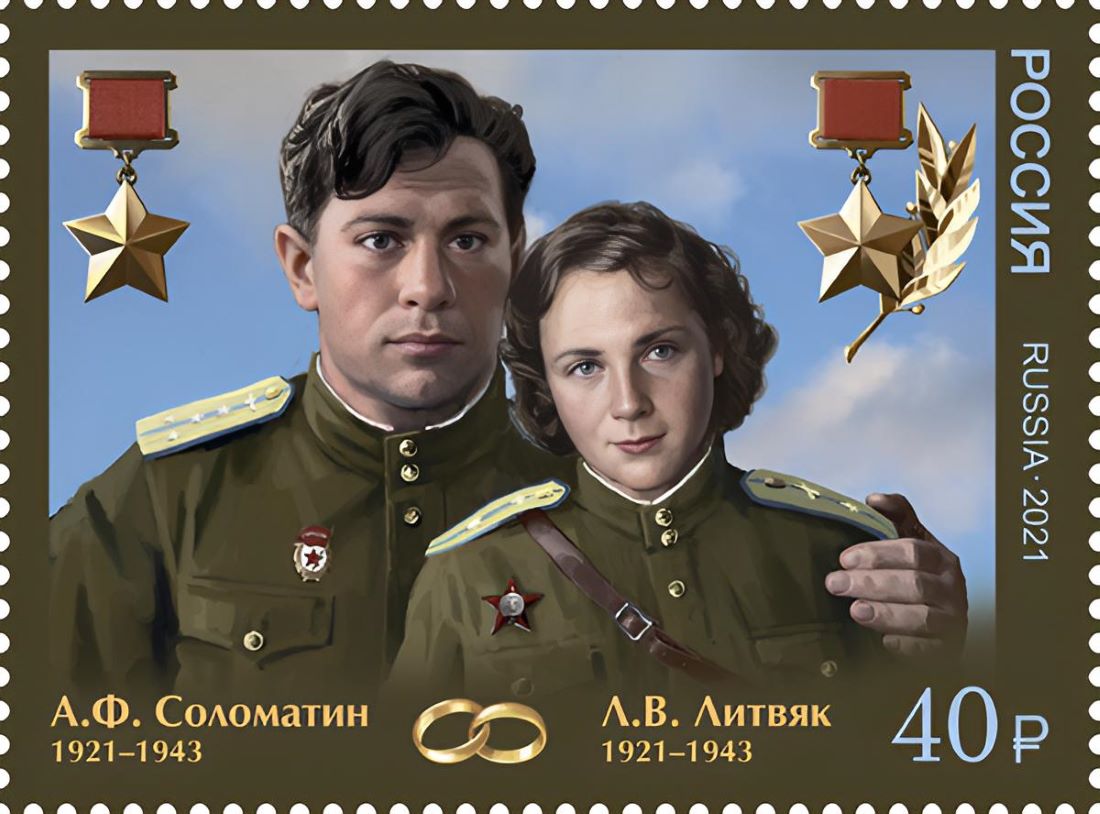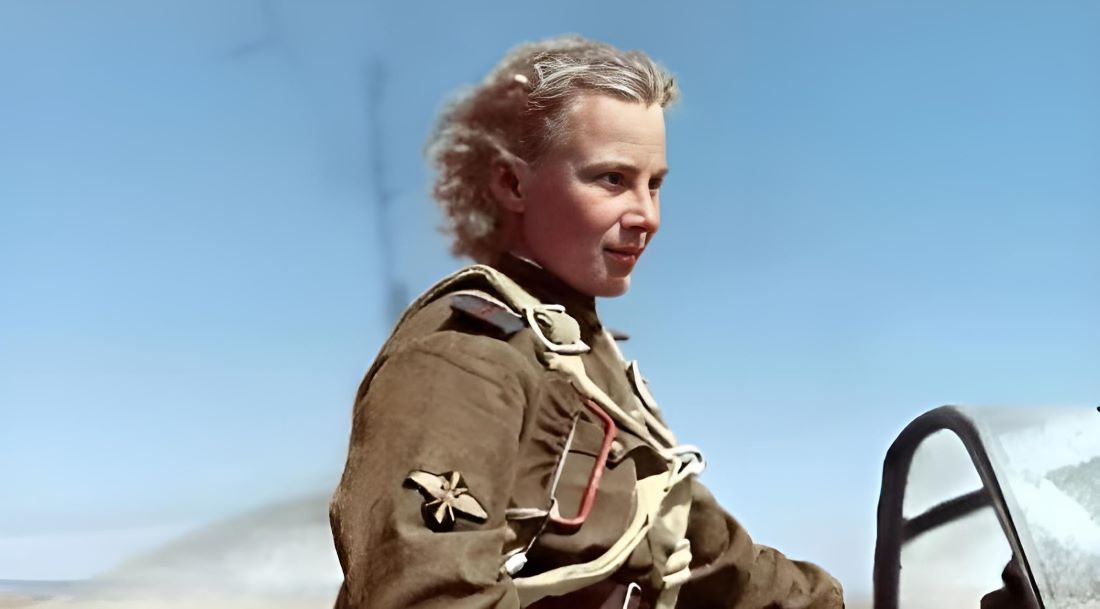Lydia Litvyak, born in 1921 in Moscow, emerged as one of the fiercest combat pilots during World War II. Known affectionately as the “White Lily of Stalingrad,” she carved her name into history as the first female fighter pilot to shoot down an enemy plane. Litvyak’s daring feats and exceptional flying skills made her a legend, challenging the gender norms of her time. She is celebrated for her contributions to the Soviet Union’s air force, making a significant impact with her combat missions against the Axis forces.
The Beginnings of Lydia Litvyak’s Journey
Lydia Litvyak’s passion for aviation ignited early in her life, marking the onset of a journey that would etch her name into the annals of history. Fascinated by the boundless freedom of the skies, she took her first flight at the tender age of 15 and swiftly advanced, earning her pilot’s license while still a teenager. This early exposure to the skies fueled a burning desire within Litvyak to conquer the aerial realms, setting the stage for her historic contributions to World War II. Her determination was palpable, as she navigated through the male-dominated world of aviation with unwavering resolve and a vision that transcended the gender norms of her era.

Despite her evident skill and dedication, Litvyak’s initial attempts to join the combat units of the Soviet Air Force were met with resistance. In an era where female combat pilots were an anomaly, her application was rejected due to a purported lack of sufficient flight hours. Undeterred, Litvyak employed a blend of audacity and ingenuity, allegedly falsifying her flight log to meet the rigorous requirements of military service. This bold move paved her way into the 586th Fighter Aviation Regiment, a unit composed entirely of women. Here, she not only honed her combat skills but also took on the mantle of instructor, imparting her knowledge and experience to a new generation of pilots.
Lydia Litvyak’s Aerial Legacy
Lydia Litvyak embarked on her first combat flight in the summer of 1942 over Saratov. By September, she was reassigned to the 437th Fighter Regiment, a unit composed entirely of men, actively engaged in the battles over Stalingrad. On September 10th, alongside Katya Budanova, Maria M. Kuznetsova, and Raisa Beliaeva, the group’s commander, they were moved to the eastern bank of the Volga, to the Verkhaya Akhtuba airfield. However, upon their arrival, they found the base deserted and under attack, which led to their swift relocation to the Srednyaya Akhtuba airfield. Piloting a Yakovlev Yak-1 fighter aircraft, with the number “32” emblazoned on its fuselage, Litvyak was poised for remarkable achievements. Her squadron commander in the division, Boris Eremin, lauded her as “very aggressive” and a “natural born fighter pilot.”

Her prowess was proven just days after her assignment to the regiment, when on September 13, 1942, she secured her first two aerial victories. In a daring engagement with German bombers and fighters, Litvyak shot down a Ju-88 and a Me-109 “Gustav,” marking her as the first woman to achieve such a feat. The Me-109 was piloted by Erwin Miller, a decorated German ace, who upon capture, was stunned to learn his victor was a woman. Litvyak’s recount of the dogfight confirmed her skill and courage, cementing her place in aviation history.
From Sky Warrior to Eternal Hero
Lydia Litvyak, known for her audacious spirit both in the air and in her personal life, faced profound loss with the death of her fiancé, Alexei Solomatin, a fellow pilot celebrated for his aerial victories. This personal tragedy intensified her resolve to fly, leading her to undertake more missions with a fervor that honored his memory. Her final combat on August 1, 1943, marked a heroic but mysterious end to her extraordinary life, as she did not return, leaving behind a legacy of 12 solo victories. The ambiguity surrounding her disappearance lingered until Ina Pasportnikova, her friend, determined to dispel rumors of Litvyak’s capture, launched a 36-year search that ultimately identified Litvyak’s final resting place in the village of Dmitrievka, confirming her death in combat from a fatal head wound.

This quest culminated in a poignant closure in 1990 when Soviet President Mikhail Gorbachev posthumously awarded Litvyak the Order of the Gold Star, recognizing her as a Hero of the Soviet Union. This honor, a testament to her bravery and the exhaustive efforts to trace her fate, affirmed her status as a legendary figure. Documented extensively in the press, Litvyak’s final rank as a lieutenant and her recognition as a hero not only solidified her place in history but also highlighted the enduring impact of her courage, both as a pilot in the skies over the Eastern Front and as a symbol of resilience and dedication to future generations.
The Personal Side of Lydia Litvyak
Lydia Litvyak was not just a formidable force in the air; her life off the battlefield was equally compelling, marked by a blend of rebellion and romanticism. Her return from successful missions was often celebrated with a daring low flyover of the airfield, followed by a series of breathtaking acrobatics that both amazed and frustrated her superiors. This boldness was a testament to her vibrant spirit, which refused to be dimmed by the rigors of war. Lydia’s personal charm and defiance of norms extended into her beliefs and actions, revealing a woman who lived passionately both in and out of the cockpit.

Despite being in a predominantly male environment, Lydia never compromised her femininity. She continued to dye her hair blonde with hydrogen peroxide, supplied by her friend Ina Pasportnikova, maintaining a touch of personal flair amidst the austerity of military life. Her creative spirit shone through as she fashioned scarves from parachute material and never missed an opportunity to gather flowers, especially her beloved red roses, which often accompanied her in the cockpit—much to the chagrin of her male colleagues who shared her aircraft. Lydia’s life was touched by love and loss, notably with her fiancé Solomatin. After his death, she confided in a letter to her mother about the depth of her feelings for him, revealing a heart capable of profound love and vulnerability. This blend of courage, creativity, and sensitivity paints a portrait of Lydia Litvyak that transcends her legendary status as a pilot, offering a glimpse into the soul of a woman who navigated the extremes of human experience with grace and tenacity.
White Lily of Stalingrad
Lilya Litvyak was also known as the “White Lily of Stalingrad”. This nickname was a reference to her purity and innocence, as well as her skill as a pilot. The lily is a symbol of purity and innocence, and it is also a flower that is often associated with death. This association with death is likely because lilies are often used in funeral arrangements. However, in the case of Lilya Litvyak, the association with death is more likely since she died in combat at a young age.
The White Lily of Stalingrad is a powerful symbol of female heroism and sacrifice. She is a reminder that women are capable of great things, even in the face of adversity. Her story is an inspiration to all who believe in the power of courage and determination.
Historical Challenge: Can You Conquer the Past?
Answer more than 18 questions correctly, and you will win a copy of History Chronicles Magazine Vol 1! Take our interactive history quiz now and put your knowledge to the test!

